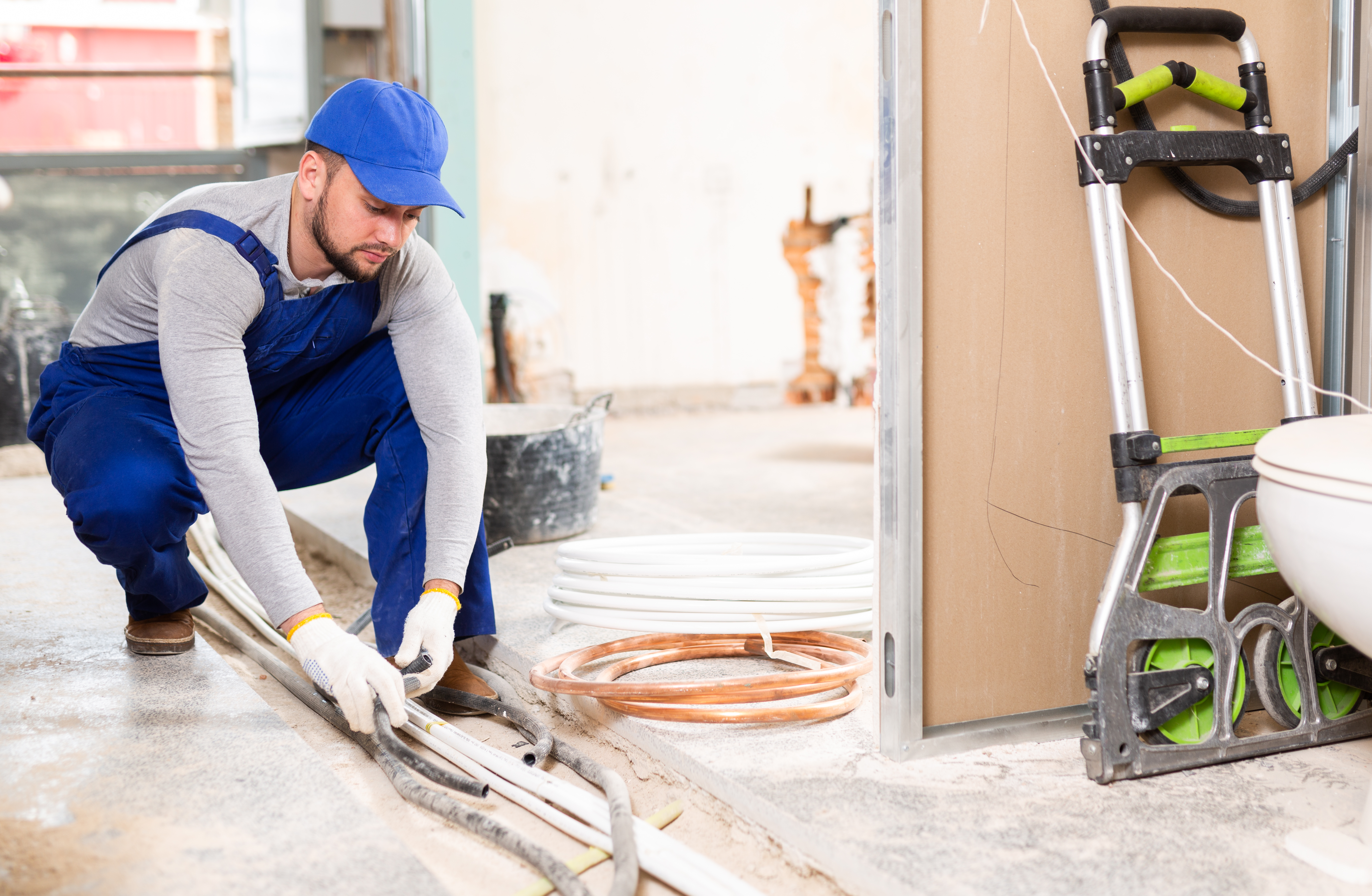Australia’s energy transition and the role of standardisation
The world is moving into a cleaner future but electricians are needed to help facilitate the transition to electric. Lucy Finlay breaks down the key standards in this area and how it works.
While policymakers are busy responding to the challenges of the energy transition with the development of instruments such as the Integrated System Plan, New Vehicle Emissions Standard and the Safeguard Mechanism, there is a growing body of work to be addressed by those involved in developing the technical standards that assist in making these policies reality.
ADVERTISEMENT
For an effective, just and equitable transition to be delivered for all Australians, each of these evolving pieces of work need to be coordinated so that they complement one another.
Late last year, AEMO released the draft 2024 edition of its Integrated System Plan. The plan assumes that electricity consumption from the grid will nearly double between now and 2050. This represents an increase of 139TWh across the National Energy Market (NEM). Rooftop and distributed solar is predicted to increase from current levels of 18GW to an impressive 86GW in the same period.
By 2050, this energy source is predicted to be the single largest source of capacity for the NEM. While small-scale storage such as home batteries, referred to by AEMO as Consumer Energy Resource (CER) storage, are still in their infancy of deployment, AEMO has assumed that coordinated CER storage will become the single largest source of dispatchable capacity to the NEM, significantly larger than equivalent utility storage estimates.
New gas connections for new dwellings, apartment buildings, and residential subdivisions requiring planning permits are being phased out in Victoria. Gas cooktops, hot water systems and heating will rapidly be replaced with all-electric alternatives, thus increasing electricity demand within the home.
The 2022 edition of the National Construction Code (NCC) increased the energy efficiency requirements for commercial buildings and residential dwellings. These changes incentivise the construction of energy-efficient, fully electrified buildings. The NCC went further by making specific provisions for EV charging infrastructure, energy monitoring and consideration for future renewable energy generation and storage for commercial buildings.
The electrical installation, as we know it, is changing rapidly. From fully electrified homes to energy-efficient buildings, we need to rethink how we generate, store, transmit and use energy. It will not be possible to just keep increasing the size of electrical infrastructure to meet the needs of fully electrified buildings and homes. This consideration is even more important for Australia’s existing buildings and homes. Just as AEMO is putting systems in place to coordinate CER storage, local energy management at an electrical installation level will become a key enabler of our electrification journey.
At present, there is much work happening to ensure that Australian industry has access to the technical standards that will help realise these policy ambitions.
Later this year, we will hopefully see a new edition of AS/NZS 4777.1 published, the standard that provides the installation requirements for grid-tied inverters. The new edition is anticipated to give specific consideration to the future role of V2X, island inverters, while also defining two new types of supply. An amendment to AS/NZS 4777.2, the standard that provides the performance requirements for grid-tied inverters, is expected to be published at the same time.
Recently published standards such as AS 5385:2023 and SA HB 218:2023, capitalise on international work that enables utility management of the end user energy environment. The combination of these two standards is a key enabler to AEMO’s desire for coordinated CER storage.
EL-001, the committee responsible for AS/NZS 3000, the Wiring Rules, has commenced deliberations on what needs to be addressed in the next edition of the standard. The current edition of the Wiring Rules provides detailed normative requirements for selecting and installing many types of electrical equipment. This includes socket outlets, room heaters, lighting equipment and cooking appliances. However, rapidly emerging technologies such as electric vehicle chargers are currently only addressed in informative appendices.
The coordination of maximum demand within the electrical installation and requirements of coordinated CER storage must also be considered. Take the following scenario: on a balmy summer day across Australia, electricity demand has historically peaked just as people arrive home from work when they reach for the aircon remote, start cooking dinner and maybe even have a relaxing shower to wash the day away. There is no reason to suggest that this usage pattern will change. What will change is where we collectively get our energy to meet this demand.
It’s during peak periods in scenarios such as this that AEMO will rely on coordinated CER storage to stabilise the grid. A fully electrified home will have several sources of electricity: the grid (or normal supply), supplementary supplies such as solar, a home battery and maybe even their electric vehicle via a V2X charger.
The command to export energy from your consumer energy resources is likely to come through just as the demand within the home is at its maximum. From the perspective of the switchboard, the electricity grid is now a load, in addition to the loads within the fully electrified home. It is possible that your switchboard may not have been designed for the resultant level of demand being fed from multiple energy sources.
These scenarios illustrate some of the challenges that technical standards committees such as EL-001 need to consider as they prepare new and update existing standards that will meet the policy ambitions of Australia’s energy transition.
Australia has embarked on an energy transition that will change the way we generate, store, transmit, and use energy. The policy ambitions are high, but the cost of not meeting those ambitions is higher. Remaining connected with international developments and bringing some of our best technical minds to the development of the required technical standards will play a critical role in meeting the ambition.
-
ADVERTISEMENT
-
ADVERTISEMENT


